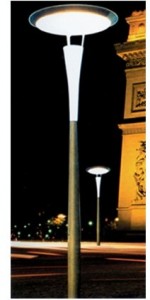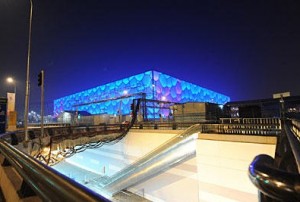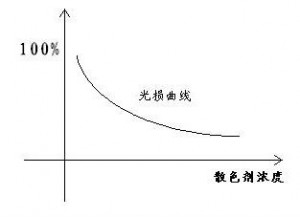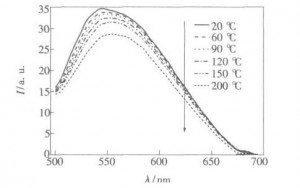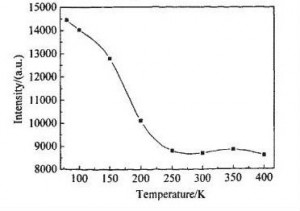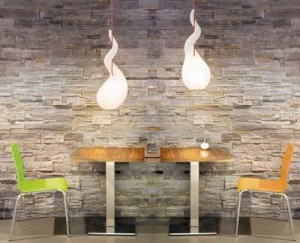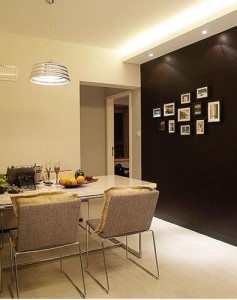LED dominate the lighting market still need some time, however, research institutions andthe government is trying to accelerate to shorten this time, also in white led grow lights.
According to the the Databeans recently published in 2011, in the LED’s research report data, LED lighting applications is expected to 2011 compound annual growth rate of the LED market will reach 36 percent, and in 2016, it would reach $ 4.5 billion. This data over the entire LED market, it shows that market has become the first national infrastructure in Taiwan, white led grow lights are very important part of that.
Recent technological and environmental policies for businesses in this emerging market, the more business income. Light requirements including the use of LED lights transform incandescent and fluorescent lamps. Indeed, transportation is the largest LED applications in lighting applications, the total turnover high brightness LED in 2012 will reach 5 billions and 64 millions USD.
60 watt LED lamp is the most technical superiority of the product. The product is used with remote phosphor system with patented LUXEON rebel LED. According to the U.S. Department of Energy data, it is assumed that in the United States, about half of the 60 watt bulb would be replaced by LED lights. Then, the United States each year will save $ 3.9 billion energy expenses.
Because of this huge upward trend, many LED companies optimistic about LED lighting applications. One LED company’s turnover in the first half is expected to reach 41 million, of which more than half of the lighting applications. This trend is prevalent in many highly competitive companies, such as Cree and Nichia. Although Nichia plagued by patent war, it will still be able to achieveimpressive results in the LED industry, white led grow lights included.
The LED street light market growth depends not only on the backlit display and the dashboard .Obvious advantages, civil and commercial lighting will require the transformation of incandescent and fluorescent lamps. This will enable enterprises in at least 10 years, greatly increased the production of semiconductors.
Finally, there is a question worth pondering: When the LED lights to replace incandescent, will cause large fluctuations in sales? Because the LED lamp life of up to18 years. This left time to test it.


